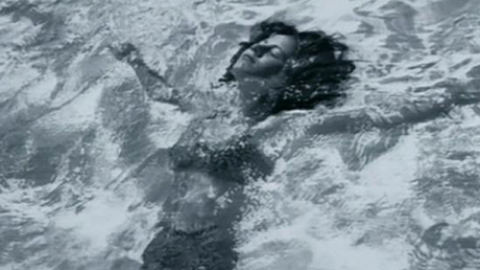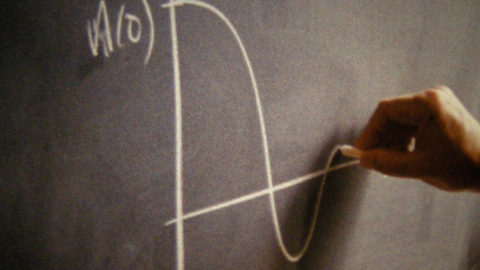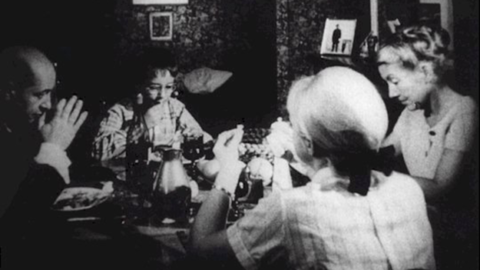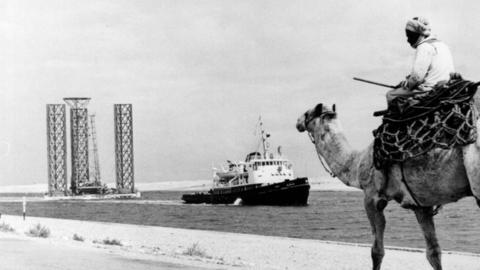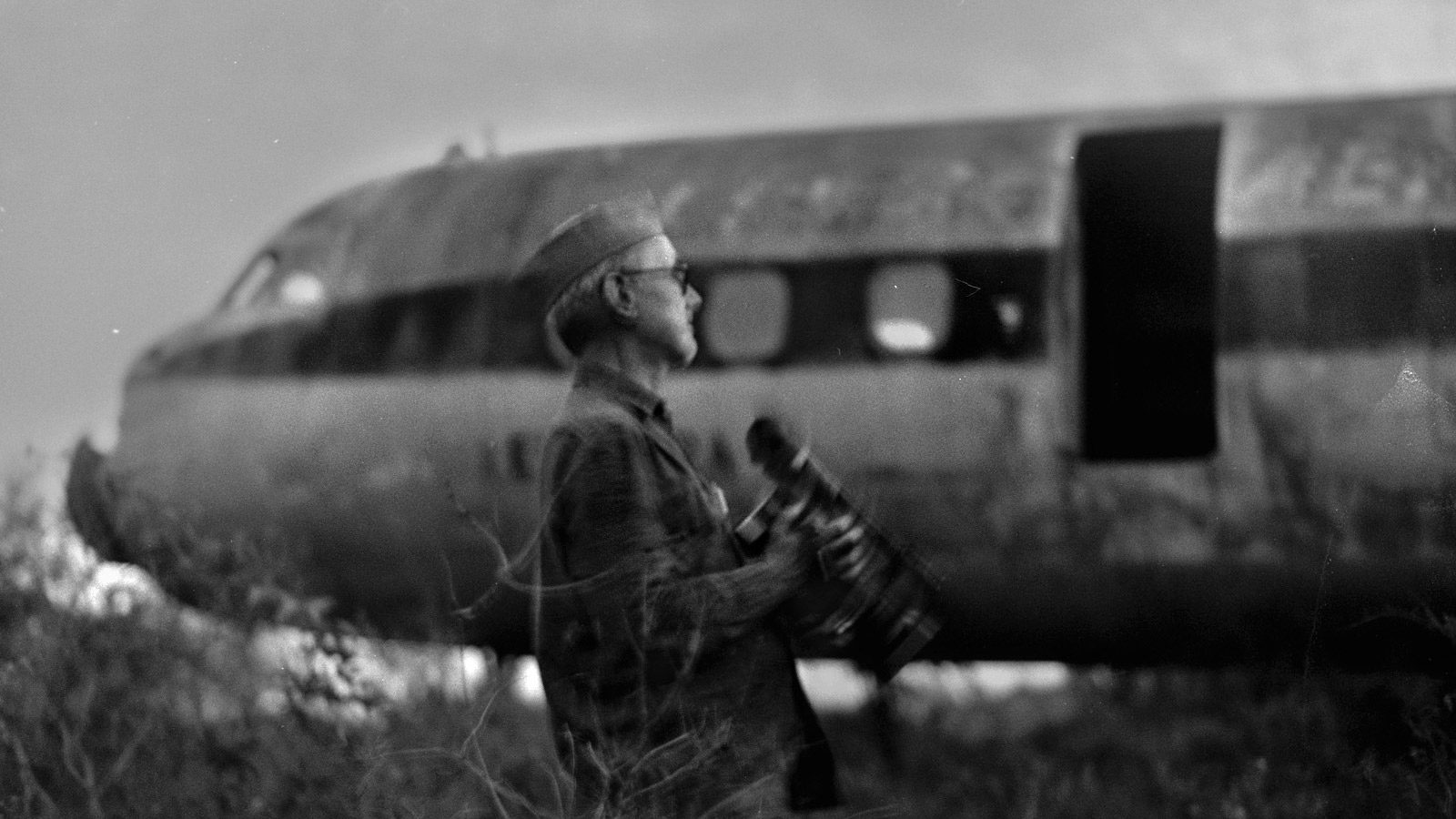
Short Take: Paraguay Remembered
In Paraguay Remembered, Dominique Dubosc returns to the remote village where he shot his debut film in 1968. This is his first time back; shortly after completing the movie, he left the country and watched from afar as the region’s military regimes tightened their authoritarian grip. Forty years later, he finds remnants of the old country scattered in the new, from the crumbling edifices of the dictatorship to a black-and-white street corner that, because it prompts a memory, suddenly bursts with color.
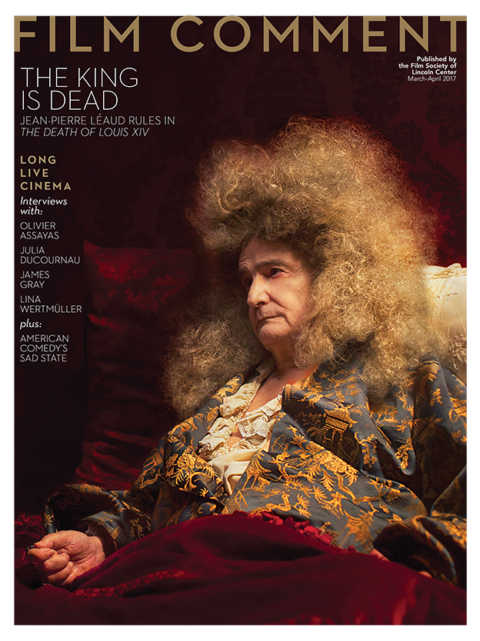
Dubosc’s voice-over ruminations recall the great filmic essays of Chris Marker as they unspool an interwoven personal and political history. What distinguishes Dubosc within this tradition is his insistence that the processes of memory and filmmaking are similarly joined together, each leading to the other as if on a Möbius strip. “Go slowly,” he instructs his driver, as the camera films an extended tracking shot from a car window. This is just as much a direction for himself—not least the viewer—to ease gently into a painful past, where countless individuals were persecuted, tortured, and disappeared.
At a meeting of the Committee for Memory that we observe, a small band of artists and activists discuss the recent demand by General Stroessner’s family to repatriate his ashes. For them, as for Dubosc, the past is far from settled. “Everything remains to be done,” he gravely observes.



